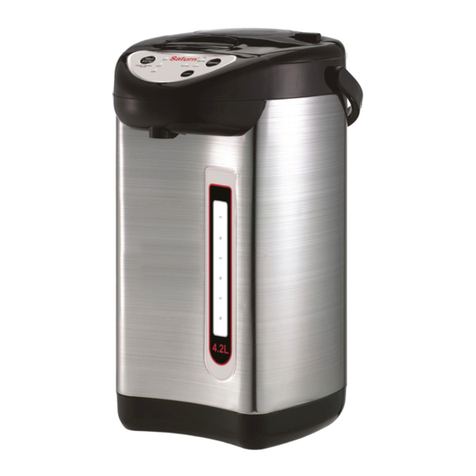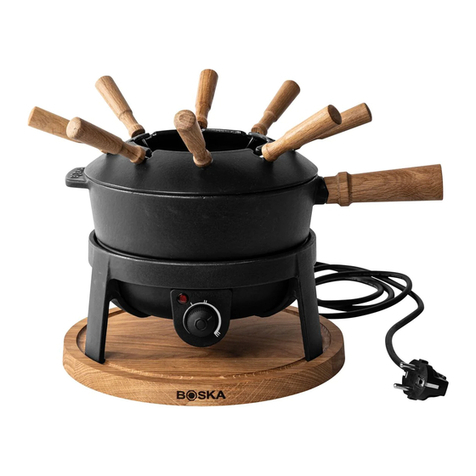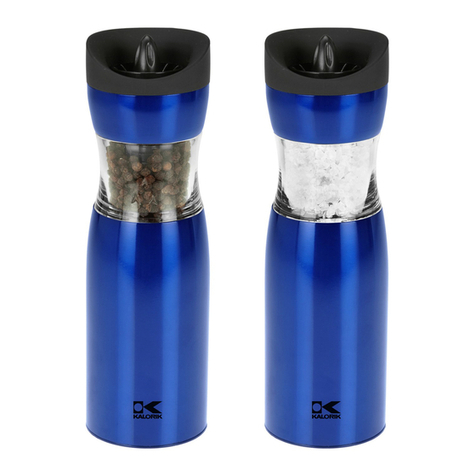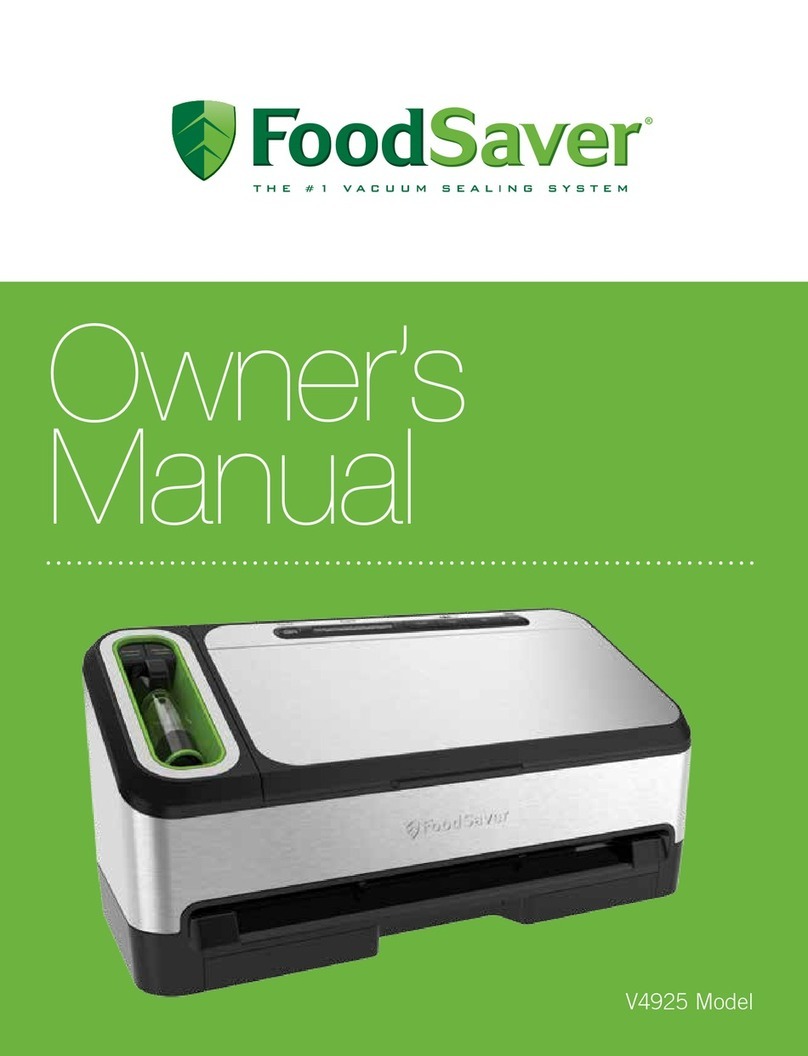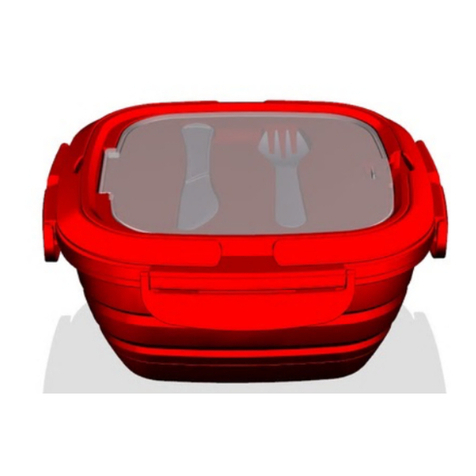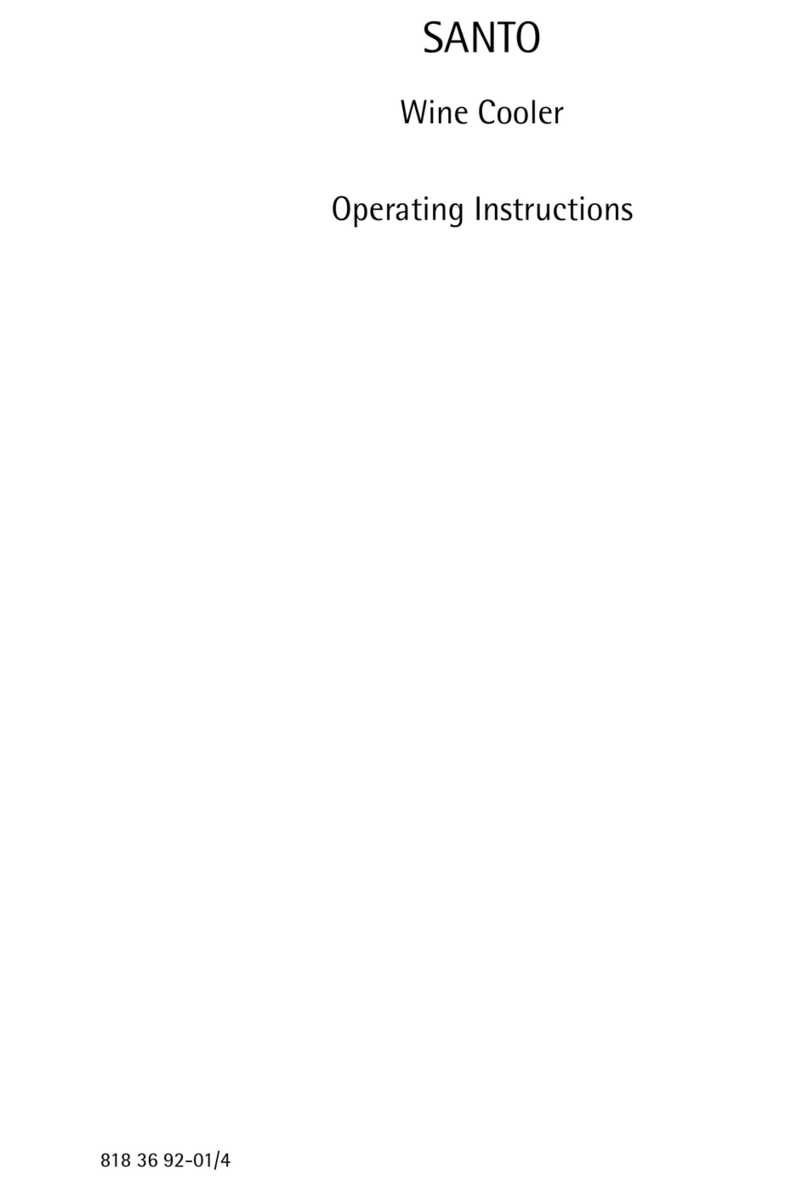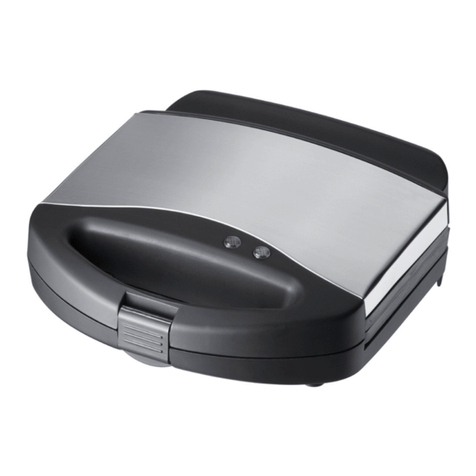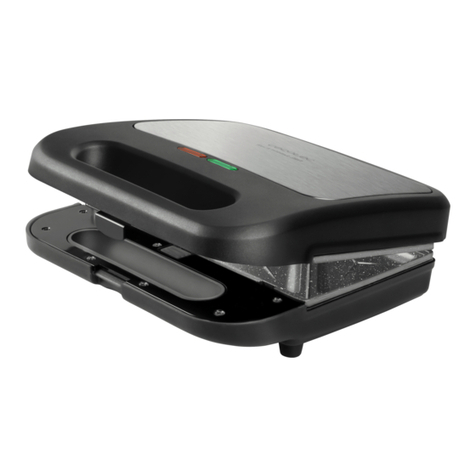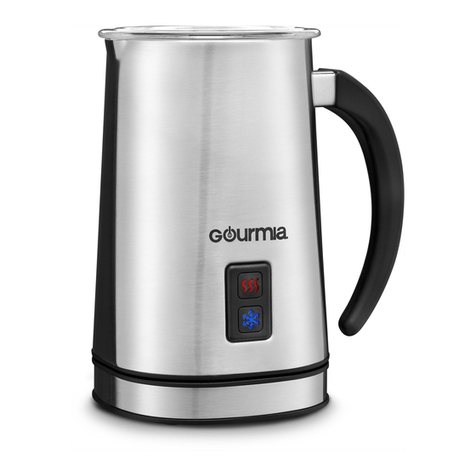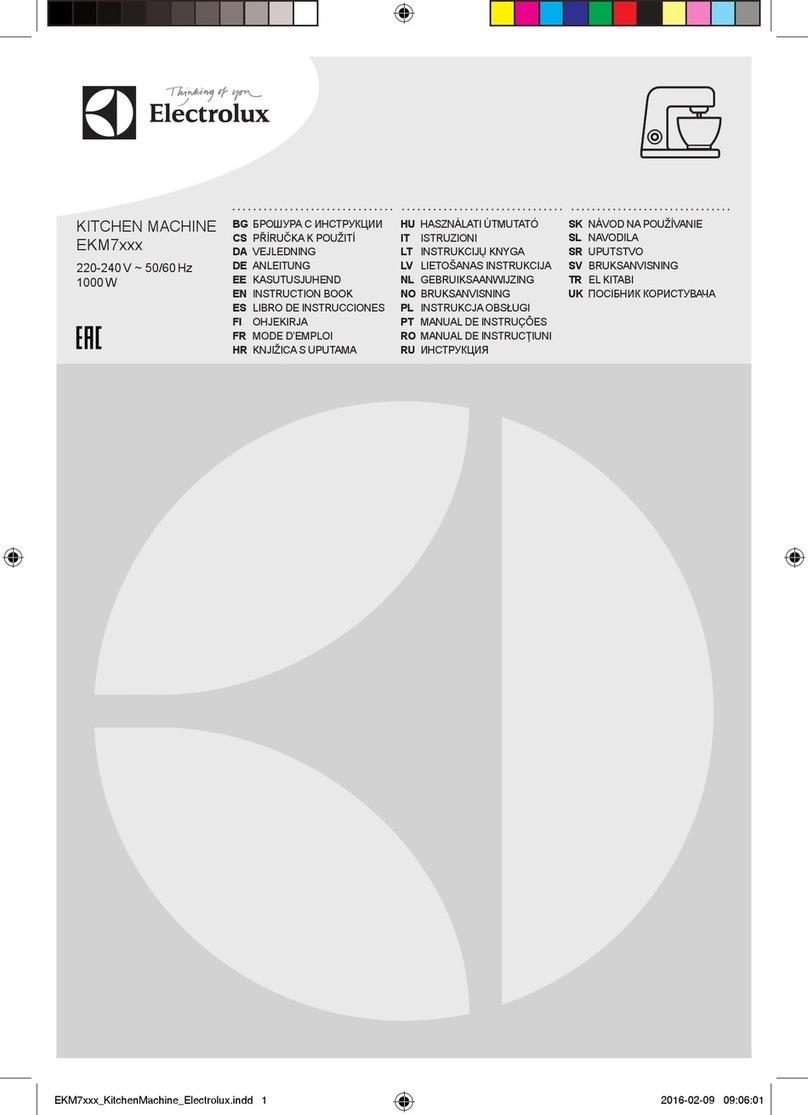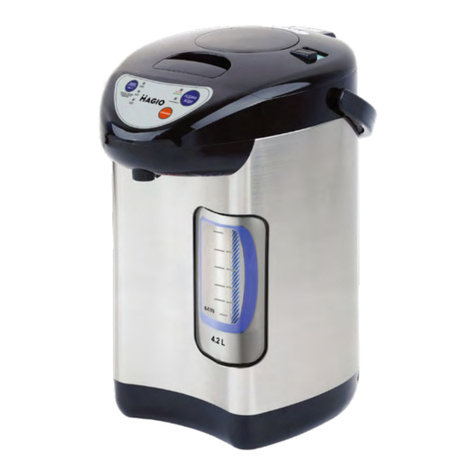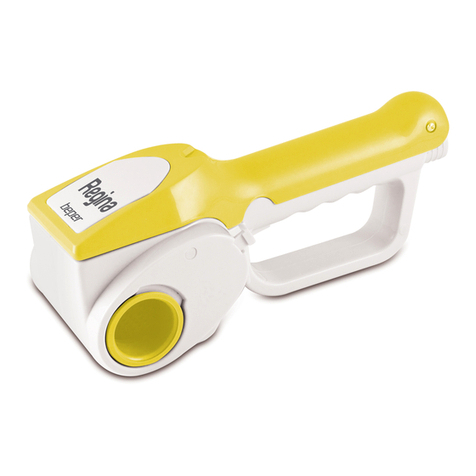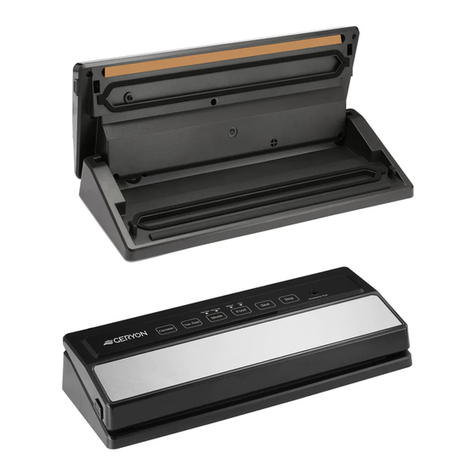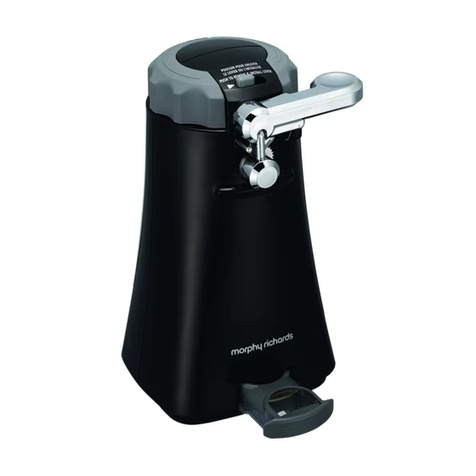Broseley SUPREMA User manual

© 2007-2008 Broseley Fires Ltd
INSTALLATION AND OPERATION
INSTRUCTIONS FOR:
SUPREMA
RANGE STYLE WOOD BURNING COOKER
Tested to EN12815
PLEASE READ THESE INSTRUCTIONS THOROUGHLY BEFORE INSTALLING,
OPERATING OR SERVICING THIS APPLIANCE.
Compliments for buying a Broseley Fires appliance.
ISSUE 08-B

© 2007-2008 Broseley Fires Ltd
INTRODUCTION
Please read the following instructions carefully to get the best from your new purchase.
The keys to safe, successful and efficient wood burning are good planning, correct installation and proper
operation.
Modern homes have better levels of insulation and are more energy efficient, with more effective and
better seals on doors and windows. This makes our homes easier to heat, but also means that solid fuel
appliances must be more carefully designed so that they will function correctly in the energy efficient,
modern homes of today. The more energy efficient a house is, the less fuel is required to heat it. Less fuel
use means less impact on the environment.
The operation of our appliances, so that they do not produce excessive smoke (beyond the initial light up and
reloading periods) is most important. When our appliances are not smoking, it is an indication that it is being
operated correctly and efficiently.
The flames that are seen inside the appliance are not the fuel burning, but the carbon particles and gases
that are released from the fuel once it has been heated to a sufficiently high temperature. The escape of
any unburnt particles and some gases into the atmosphere are the cause of air pollution.
Our appliances are designed to ensure that the combustion of all gases and particles takes place within the
firebox, to maximize the heat output of the appliance and to minimize the discharge of particulate emissions
to the atmosphere.
It is important therefore, for appliances to be operated in accordance with our instructions in a manner that
maintains a high temperature in the firebox with an adequate supply of air to ensure efficient combustion. A
good indication of efficient combustion is a bright lively flame in the firebox. A dull flame or smoldering fire
indicates poor or incomplete combustion.
To maintain adequate heat in the firebox, it is very important to use dry, well seasoned wood with less than
20% moisture content. The wood must be correctly sized for the particular appliance and it also helps to
have at least three or four pieces burning at the one time to assist the combustion process.
Adding single pieces of unseasoned or wet wood to a fire will reduce the firebox temperature and prevent
adequate combustion. This will result in increased smoke emissions causing the flue and internal components
of the appliance to become blocked with tar and creosote more quickly. The tar and creosote deposits in the
chimney will fuel a chimney fire.
These instructions cover the basic principles to ensure the satisfactory installation of the stove, although
detail may need slight modification to suit particular local site conditions. In all cases the installation must
comply with current Building Regulations, Local Authority Byelaws and other specifications or regulations as
they affect the installation of the stove.
It should be noted that the Building Regulations requirements may be met by adopting the relevant
recommendations given in British Standards BS 8303, BS 6461 and BS 7566 as an alternative means to
achieve an equivalent level of performance to that obtained following the guidance given in Approved
Document J.
We recommend that you seek the services of an installer who is conversant with stove installations and
Building Regulations. The shop where you purchased the stove should be able to help in this respect. It is
our general policy to supply specialist Fireplace shops and these shops can offer an after sales service and
offer advice when necessary.
Please note that it is a requirement under Broseley Fires Ltd’s warranty system that the installation of
the appliance is carried out by a Competent Person registered with a Government approved Competent
Persons Scheme. HETAS Ltd operate such a Scheme and a listing of their Registered Competent
Persons can be found ontheirwebsiteatwww.hetas.co.uk.

© 2007-2008 Broseley Fires Ltd
INDEX
1. TECHNICAL DATA
1A. HEATABLE AREA (VOLUME)
2. KEY ENVIRONMENTAL CONSIDERATIONS
3. TECHNICAL DESCRIPTION
4. THE AIR CONTROLS
4A. THE PRIMARY AIR CONTROL (turning valve)
4B. SECONDARY AIR CONTROL (slider)
4C. FLUE DAMPER CONTROL BAR (pull push lever)
4D. OVER-FIRING WARNING
5.0 FUEL ADVICE
5A BURNING WOOD
6.0 INITIAL BURNING & CURING OF THE STOVE.
6A USING YOUR STOVE – IMPORTANT NOTES
7.0 OVEN OPERATION
8.0 LIGHTING AND MAINTAINING A LOG FIRE
9.0 ASH REMOVAL
10.0 WOOD ASH DISPOSAL
11.0 OPERATING IN TRANSITION PERIODS (SUMMER)
12.0 MAINTENANCE – CLEANING THE APPLIANCE
13.0 RECOMMENDED CLEANING PRODUCTS
13A DAILY CARE
13B CLEANING THE OUTSIDE OF THE APPLIANCE
13C ASH REMOVAL
13D GLASS CLEANING
14.0 FLUE MAINTENANCE
14A ROPE SEALS
14B AIR CONTROLS
INSTALLATION OF THE APPLIANCE
15 FLUE REQUIREMENTS
16A LINING THE FLUE
16B FLUE TERMINATION
16C PROVISION OF A NOTICE PLATE
17 SITING THE APPLIANCE
17A HEARTH REQUIREMENTS
18 ADDITIONAL VENTILATION
19 ASSEMBLING THE HANDRAILS
DIMENSIONS
ANNUAL SERVICE RECORD
LIMITED WARRANTY

© 2007-2008 Broseley Fires Ltd
1. TECHNICAL DATA
PLEASE REFER TO ATTACHED TECHNICAL DRAWING FOR OTHER DIMENSIONS NOT LISTED HERE
1A. HEATABLE AREA (VOLUME)
The heating volume of the appliance; according to DIN 18893; will vary depending on the amount of thermal
insulation that the property has. Properties with high ceilings, draughty windows and doors, solid brick walls
and poor insulation, all these are all going to affect the potential maximum heating volume of the appliance. A
proper heat loss calculation is the best way to calculate the heat requirement for a particular property.
When the outside temperature is zero degrees, 1KW will heat a room to approximately 70 degrees f.
Property with:
Well insulated = 25 cubic meters
Average insulation = 15 cubic meters
Poor insulation = 10 cubic meters
2. KEY ENVIRONMENTAL CONSIDERATIONS
To minimize the impact on the environment the following issues need to be considered when proposing to
install a solid fuel appliance:
•Local authorities (Councils) must be consulted for any restrictions that may apply to the use of solid
fuel appliances in certain areas such as smoke free zones.
•The appliance must be correctly sized to suit the space and necessary clearances must be strictly
adhered to.
•The appliance and flue system must be correctly installed to the current regulations in force at the
time.
•The appliance must be correctly operated.
•The appliance and flue system must be properly maintained.
•It is also important to ensure that the dwelling to be heated is insulated and is as energy efficient as
is practical.
•The correct fuel must be used.
SUPREMA
TOTAL POWER OUTPUT 8Kw
OUTPUT TO WATER N/A
OUTPUT TO AIR / THE ROOM 7.5
WOOD CONSUMPTION / HR
( wood with MAX 20% humidity )
2.5 kg/h (MAX)
MINIMUM FLUE PIPE DIAMETER
(adaptor for spigot reqd. 137mm to 150mm)
150mm / 6inches
BOILER CAPACITY N/A
OVEN SIZE W-D-H 418x428x436
FIREBOX SIZE W-D-H 277 x475x304
FLUE DRAW (HOT)
(Tested after one hour)
MUST NOT EXCEED 25 PASCAL.
1,0-1,2 H2O (water gauge)
10 – 12 PASCAL
0,1 – 0,2 INCHES
BOILER FITTINGS (flow and return) N/A
FREE AIR VENT SIZE 550 mm2minimum +
550 mm2per KW over 5
TOTAL WEIGHT OF THE APPLIANCE 216KG
WIDTH (with hand rail fitted) 982mm
DEPTH (with hand rail fitted) SLIGHTLY LESS
HEIGHT from floor to top of lid (with lid shut) 924mm
HEIGHT from floor to top of lid (with lid open) 1224mm
HEIGHT from floor to cooking surface 854mm
TEMPERATURE OF EXHAUST GASSES WOOD= 205 0C

© 2007-2008 Broseley Fires Ltd
The selection, installation, correct use and maintenance of solid fuel appliances and flue systems are
discussed in more detail in the following sections of these instructions.
3. TECHNICAL DESCRIPTION
These continuous fire cookers are suitable for cooking on the hob and in the oven. They will also heat living
spaces or support a central heating system. They are ideal for holiday apartments and weekend houses or as
a heating / cooking system during the whole year. The cooker is designed to burn wood as it’s primary fuel
source. The cooker is made of galvanized metal sheet and enameled cast iron. Inside the fire chamber, there
is a flat, cast iron grate. The boiler wraps around three sides of the chamber and also protrudes over the
top of the oven.
To optimize the efficiency of the boiler, its corrugated shape has been designed to give a greater surface
area; this transfers heat more efficiently. The appliance has a panoramic door, fitted with ceramic glass
(resistant up to 700 °C). This allows a wonderful view of the fire as it burns.
Under the oven and fire chamber door, there is a storage compartment, furnished with a cast iron door that
has a chrome handle to match the rail and other handles on the appliance.
The heating of the room in which the cooker is located is achieved through the external surfaces of the
cooker. The appliance is equipped with primary and secondary air controls, by which it is possible to control
the burn rate and hence the output of the appliance. There is a damper control for when you wish to operate
the oven. Only operate this when the fire is burning well and established.
4.0 THE ‘AIR’ CONTROLS
The stove is fitted with controls that adjust the flow of air into the unit. It is very important that these
controls are fully understood in order to achieve the best results from your stove.
When operating the controls, ensure that they are used in small increments and not changed by large
amounts suddenly. Do not use them like an on – off switch.
It is important that the following controls are used correctly, in order to avoid poor output as well as over-
firing See chapter on OVER-FIRING.
The air controls are as follows:
•PRIMARY AIR CONTROL
•SECONDARY AIR CONTROL (AIR WASH)
•DAMPER CONTROL
DAMPER
CONTROL
Table of contents
